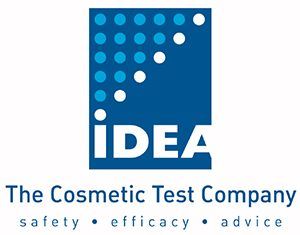Why performing these tests?
The determination of skin sensitisation potential is one of the most important toxicological endpoint in the development and evaluation of ingredients used in fragrance, cosmetic and personal care products. However, since March 11, 2013, animal use is totally banned in the European Union for cosmetics evaluation.
Thanks to the AOP (Adverse Outcome Pathway) approach and despite the mechanistic complexity of the endpoint, important advances in the development of alternative methods have been made.
Thanks to the AOP (Adverse Outcome Pathway) approach and despite the mechanistic complexity of the endpoint, important advances in the development of alternative methods have been made.
What does IDEA propose?
The IDEA Tests Group is now proposing the 3 in vitro validated methods in an Integrated Testing Strategy:
- DPRA
- KeratinoSens
- h-CLAT
The strategy starts with DPRA and KeratinoSens. If these two tests match together no additional test is required. Conversely, if there is a mismatch, the h-CLAT must be performed in order to conclude on the sensitisation potential of the test element.

